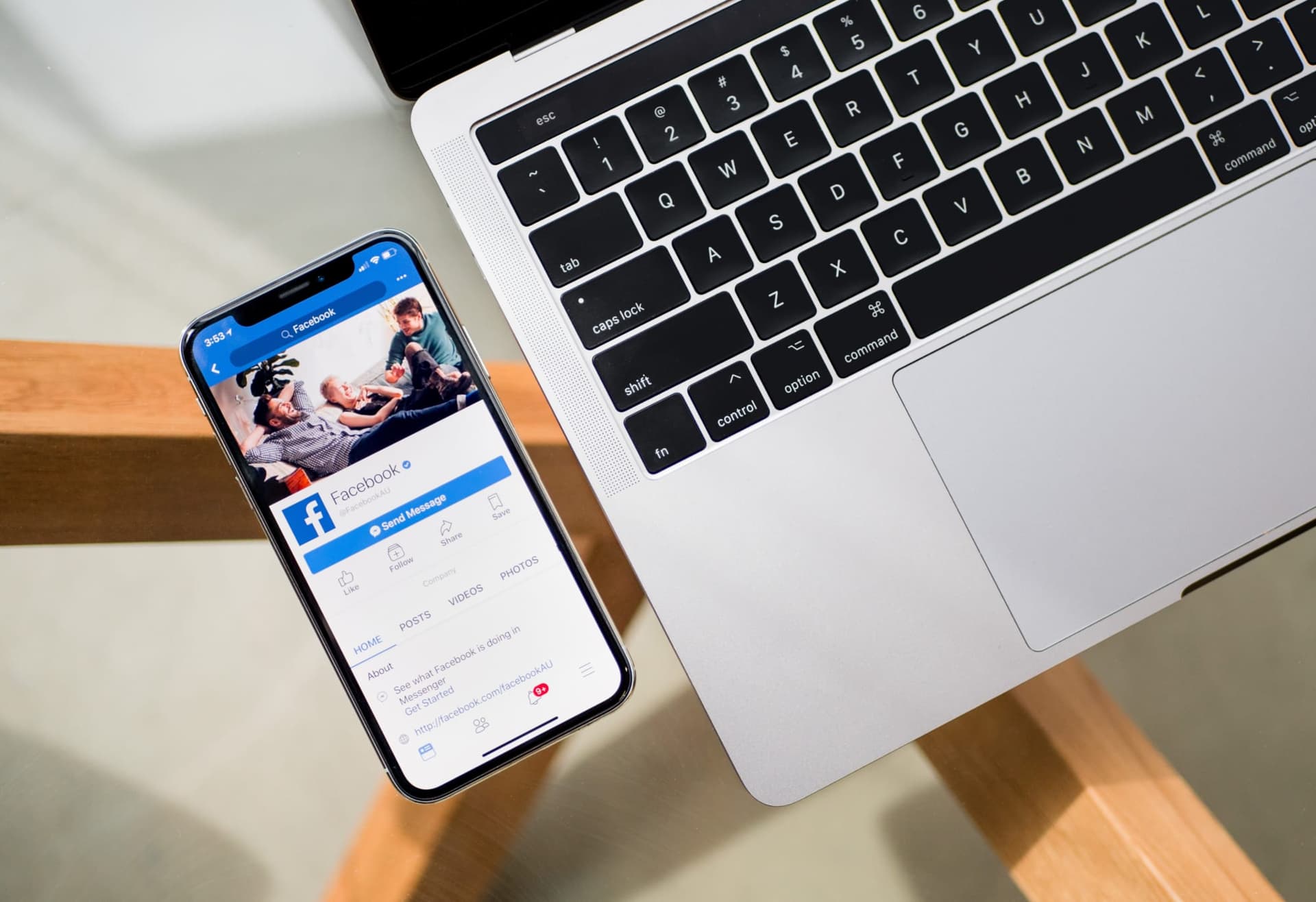How long should my tweet be? Or my blogpost? Or my headline?
I ask this question a lot. It seems that others do, too. Our first take on coming up with the ideal length of all online content proved quite useful for a lot of people.
I’d love to see if I can help make it even more useful.
Along with all the best tips on optimal lengths for tweets, blogposts, headlines, and more, I’ve added a few additional lengths to the list—the ones that came up most often in the comments of the last post, like SlideShare length, Pinterest length, and more.
And to make it just as easy as possible to consume all this information quickly and easily, we partnered with our friends at SumAll to place the data and insights into a fun infographic. Check it all out below.
Infographic: The optimal length for social media updates and more
Click to enlarge. And check out the instructions at the bottom to embed this graphic on your website.

Share this image on your site!
<p><strong>Please include attribution to https://buffer.com/resources with this graphic.</strong></p><br /><br /><br /><br /><br /><br /><br /><br /><br /><br /><br /><br> <p><a href=’https://buffer.com/resources/optimal-length-social-media’><img src=’/content/images/resources/wp-content/uploads/2014/10/social-media-length-infographic.jpg’ alt=’The Optimal Length of Everything Oline’ width=’1000′ border=’0′ /></a></p><br /><br /><br /><br /><br /><br /><br /><br /><br /><br /><br /><br> <p>
If you enjoy the snazzy look and helpful info in this infographic, SumAll published a companion infographic (in a super cool, printable pdf format) over on their blog.
For the free, print-ready infographic, visit the SumAll blog.
SumAll is one of our favorite social media tools. They do social media tracking better than anyone we’ve found—all your data, all in one place, for free.
Here’s a sneak peek of what you’ll find in the downloadable, printable version of the infographic.
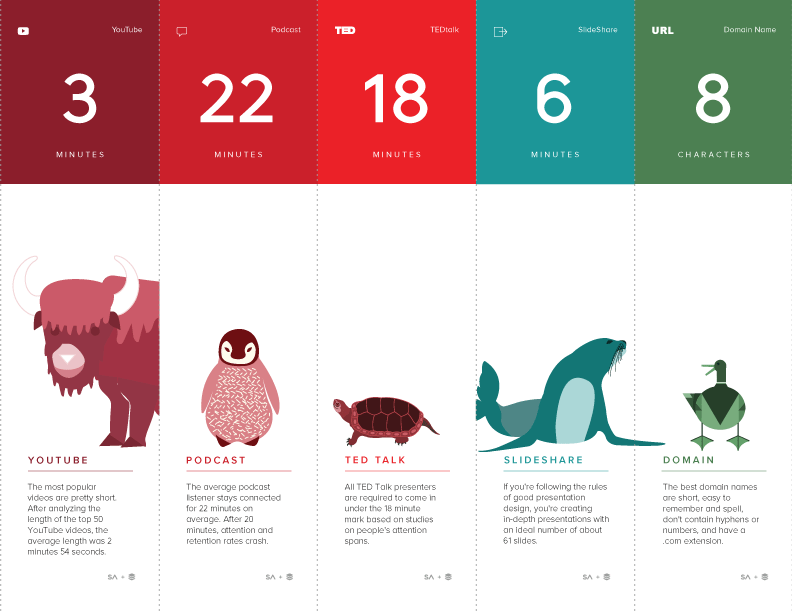
The data-backed findings for the optimal length
It seems like people love to be told what works best. They love to have a starting point.
And that’s what these ideal lengths represent: starting points. We wrote a bit on the topic of how to implement data into your social media strategy. Do you take best practices like these ideal lengths as gospel truth? Not quite.
Take these as best practices, as jumping off points, as ideas to iterate on.
Put them to the test, and see what is right for you.
The optimal length of a tweet — 71 to 100 characters
Not only does this length give you enough room to share your message, it also provides room for someone who retweets you to add a message of their own.
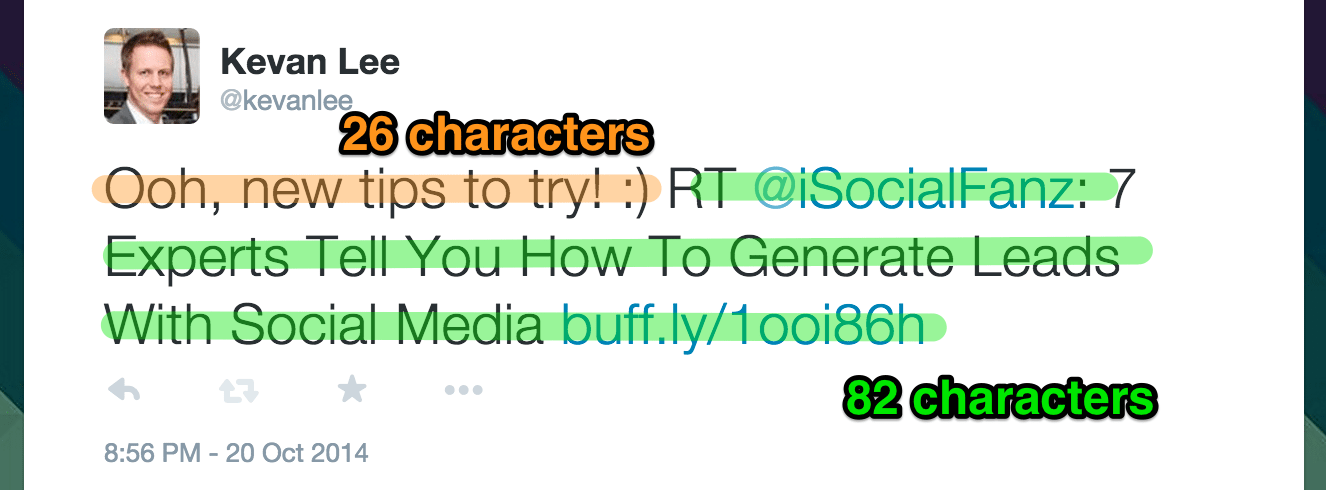
If you’d like to get ultra-specific with exactly the optimal length of a tweet for your specific Twitter account, you can find this by running the numbers on your Twitter analytics. We wrote up instructions on how to find your ideal tweet length by graphing it vs. engagement.
For the Buffer account, our sweet spot is between 80 and 120 characters.
Until you test and discover the right length for you, stick to the 71-to-100 character guideline.
What makes this length optimal? Tweets at this length get more retweets. They also have higher reply rate, retweet rate, and combined reply/retweet rate (these latter of which shows engagement per followers).
Where’d this data come from? A pair of studies have found the 100-character mark to be the sweet spot for tweet length. Track Social studied 100 major brands (Oreo, Zappos, ESPN, etc.) for a 30-day period in the fall of 2012. Buddy Media studied 320 Twitter handles from major brands for two-and-a-half months at the beginning of 2012.
The optimal length of a Facebook post – 40 characters
Shorter seems to be better on Facebook.
Maximum engagement happens at 40 characters (so, too, does minimum quantity, meaning that a vast minority of Facebook posts hit this 40-character mark). And engagement slowly wanes the longer you go.
An 80-character post is better than 100-character post.
A 40-character post is better than 80.
The upside to such a small window is that sharing a Facebook links lets you fudge a little on the amount of text in your update. Links show the title and description of a post, along with the update you type.
And how much can you fit in a 40-character window?
Here’s a post that landed under 40 characters (26 to be exact).
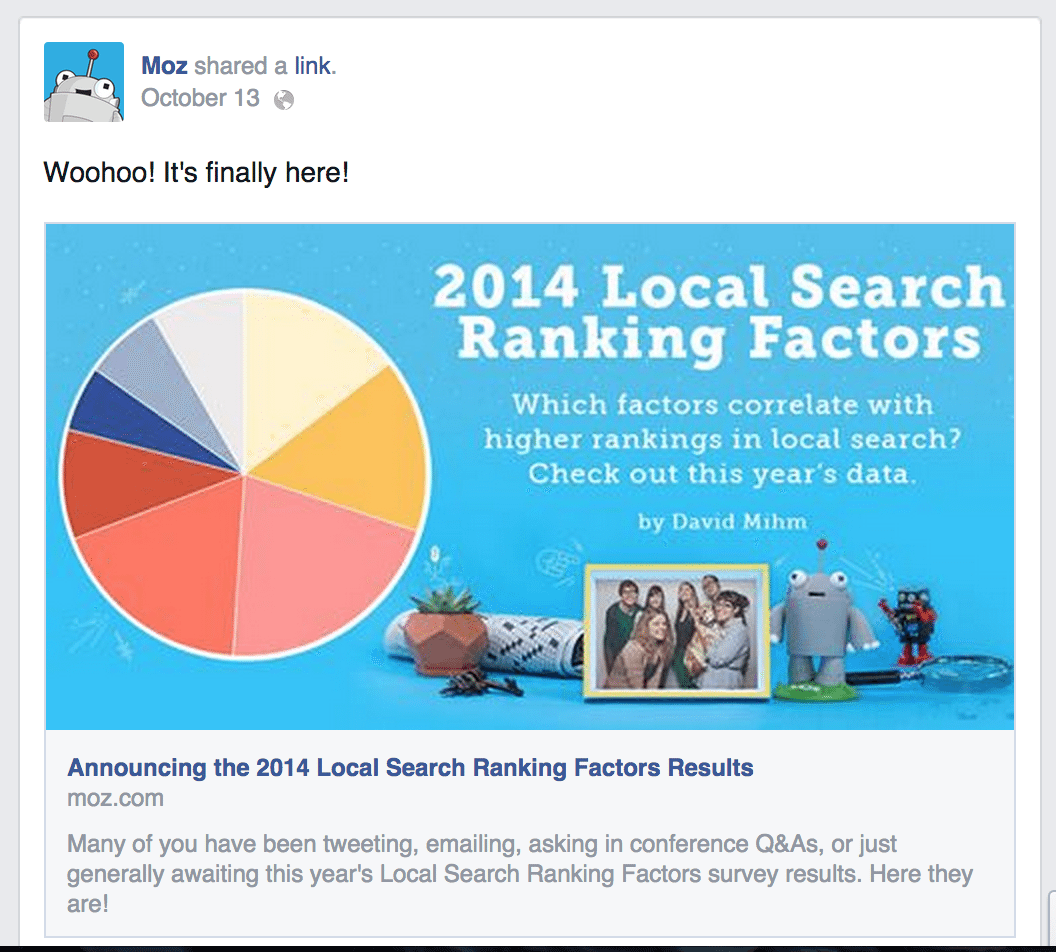
What makes this length optimal? Posts at this length tend to receive higher like rate, comment rate, and combined like/comment rate (stats that include a comparison of total engagement to number of Facebook fans.)
Where’d this data come from? A pair of studies have each found that shorter is better on Facebook. A Buddy Media study of the top 100 retailers Facebook pages during a six-month period in 2011 is one of the most-cited sources. Also in 2011, BlitzLocal studied 11,000 Facebook pages over a seven-month period.
The optimal length of a Google+ headline – 60 characters maximum
Google+ updates often take on the appearance of blogposts with bold headings up top and a body of text below. These top headings are the ones you’re best off optimizing. And 60 characters is as long as you should go.
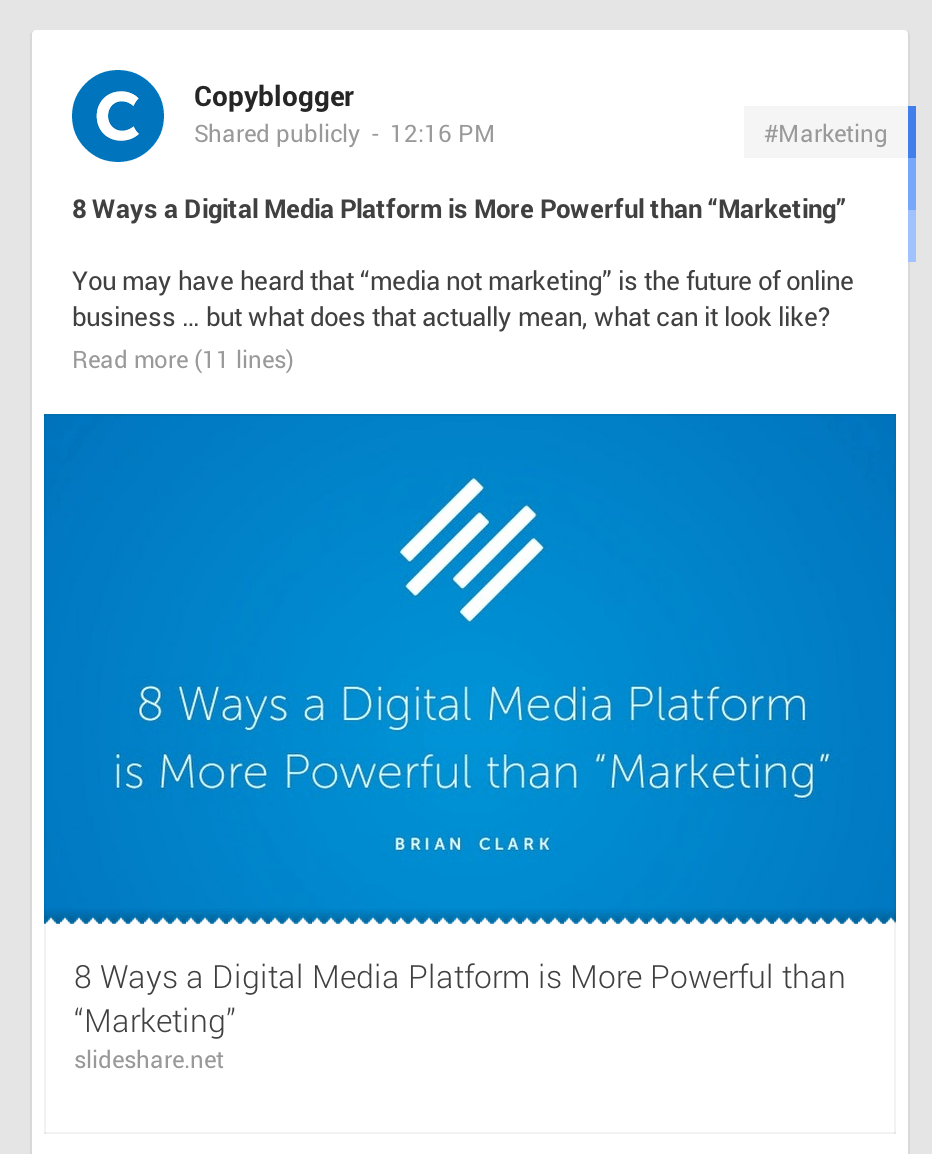
What makes this length optimal? It’s the maximum length for a Google+ headline to span one row before breaking to a second line.
Where’d this data come from? Demian Farnworth of Copyblogger tested out the length with posts on the Copyblogger page. He found that bold headlines could reach 60 characters before additional words would be bumped to the second line.
The optimal width of a paragraph – 40 to 55 characters
Before researching this one, I seldom thought about the width of my paragraphs. Readers might not think much of it either, but usability studies and psychology suggest that they notice it nevertheless.
What makes this width optimal? At this width, the content appears simple to understand, and readers feel they can comprehend the subject matter.
Where’d this data come from? Derek Halpern of Social Triggers synthesized a pair of research studies to arrive at the 40-to-55 character recommendation. The studies he cited include a 2004 meta-analysis by Mary C. Dyson of the University of Reading and a 1992 study from a team of Netherlands researchers.
The optimal length of a domain name – 8 characters
What characteristics do some of the best domain names have in common?
- is short
- is easy to remember
- is easy to spell
- is descriptive or brandable
- does not contain hyphens and numbers
- has a .com extension
Length, in particular, can be a tough one to nail down as dot-coms get snatched up so quickly. If you can’t secure the dot-com of your dreams, there are more and more websites going the route of .co and .io.
What makes this length optimal? This is the most common domain name length for the Internet’s most popular websites.
Where’d this data come from? In 2009, Daily Blog Tips conducted an analysis of the top 250 websites in Alexa site rankings, counting words and characters that appeared in each domain name.
The optimal length of a hashtag – 6 characters
What makes this length optimal? The 6-character hashtag recommendation comes from a handful of Twitter experts and is cited by Hashtags.org, one of the leading sites on the data and usage of hashtags.
The optimal length of an email subject line – 28 to 39 characters
How does an optimal subject line look in the inbox? Here’s a sample from my Gmail.

Clearly, there are a ton of different ways to approach writing a subject line, and length is equally as important to test as the rest of the elements. If you’re looking for a place to start your tests, the optimal length of 28 to 39 characters is a good bet.
What makes this length optimal? You may see a slight uptick in open rate and click rate at this length.
Where’d this data come from? A 2012 study by Mailer Mailer looked at 1.2 billion email messages to identify subject line trends.
The optimal length of an SEO title tag – 55 characters
SEO titles are the titles of your webpages and blogposts that show up in search results.
If you want this …

… instead of this …

… stick with the optimal SEO title length.
What makes this length optimal? Google search results tend to truncate titles with an ellipsis (…) if they go beyond the 55-character mark.
Where’d this data come from? In March 2014, Moz analyzed 89,787 titles in search results pages.
The optimal length of a blog headline – 6 words
I absolutely love good headline advice, which is why this bit is such a fascinating learning. On the Buffer blog, we tend toward the biggest, boldest headlines we can come up with. Could it be that the smaller, six-word headlines do best?
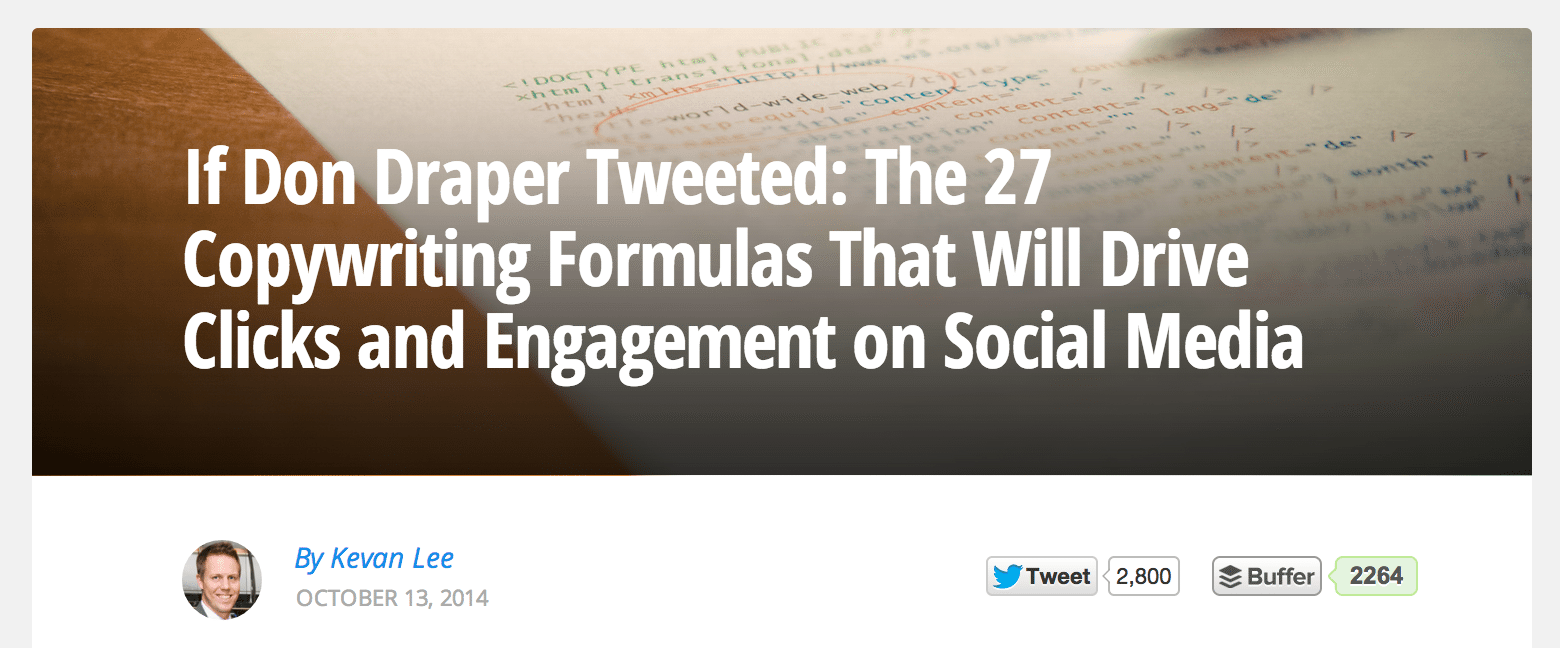
vs.
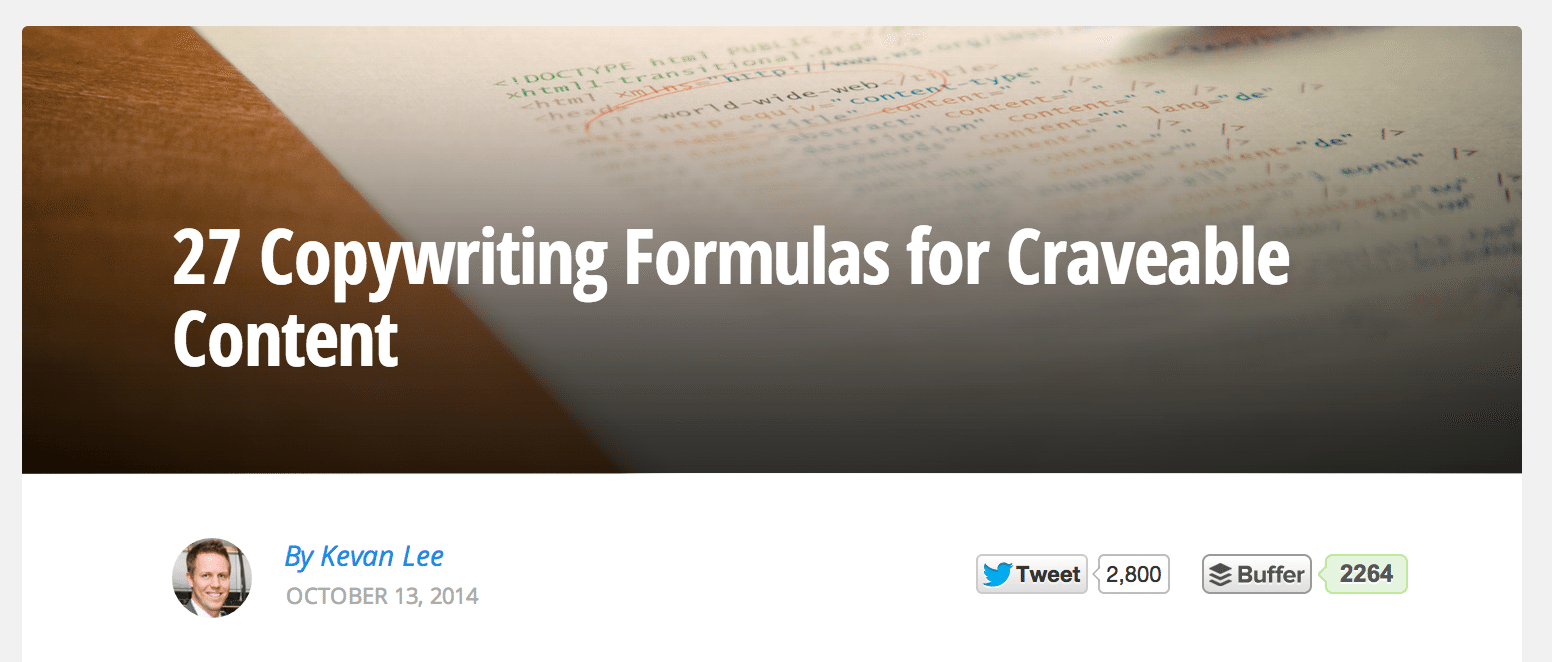
What makes this length optimal? Our eyes tend to pick up on the first three words of a headline and the last three words.
Where’d this data come from? KISSmetrics author Bnonn cites usability research that confirms scanning of headlines. Also, Jakob Nielsen ran usability testing in 2009 based on the idea that readers typically consume only the first 11 characters of a headline.
The optimal length of a LinkedIn post – 25 words
The results on optimal LinkedIn length depend on whom you’re targeting. Are you trying to reach out to businesses or consumers?
One of the few studies on LinkedIn length—a 2012 report from Compendium—pulled statistics for each type of business: B2B and B2C. Here’s what they found.
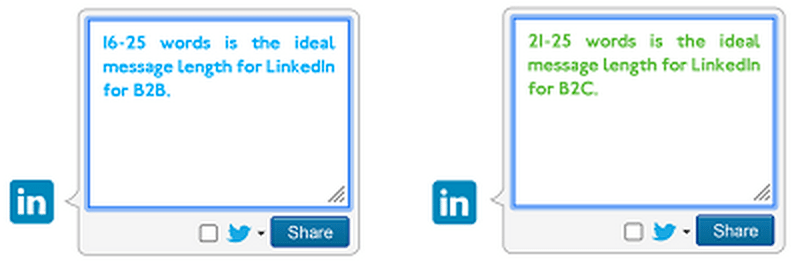
What makes this length optimal? The results in the Compendium study tend to focus on clickthroughs as the basis for recommending best practices. It’s safe to assume an ideal length of a LinkedIn post would be based on clicks, too.
Where’d this data come from? In 2012, Compendium released its findings on a study of 200 companies on social media, looking at business-to-business and business-to-consumer best practices.
The optimal length of a blogpost – 1,600 words
We recently ran a blog content audit, and one of the results of the audit was some insight into the ideal length of Buffer blog posts.
1,600 words makes for a good guideline to get started.
We’ve found that 2,500-word posts tend to do best for us.
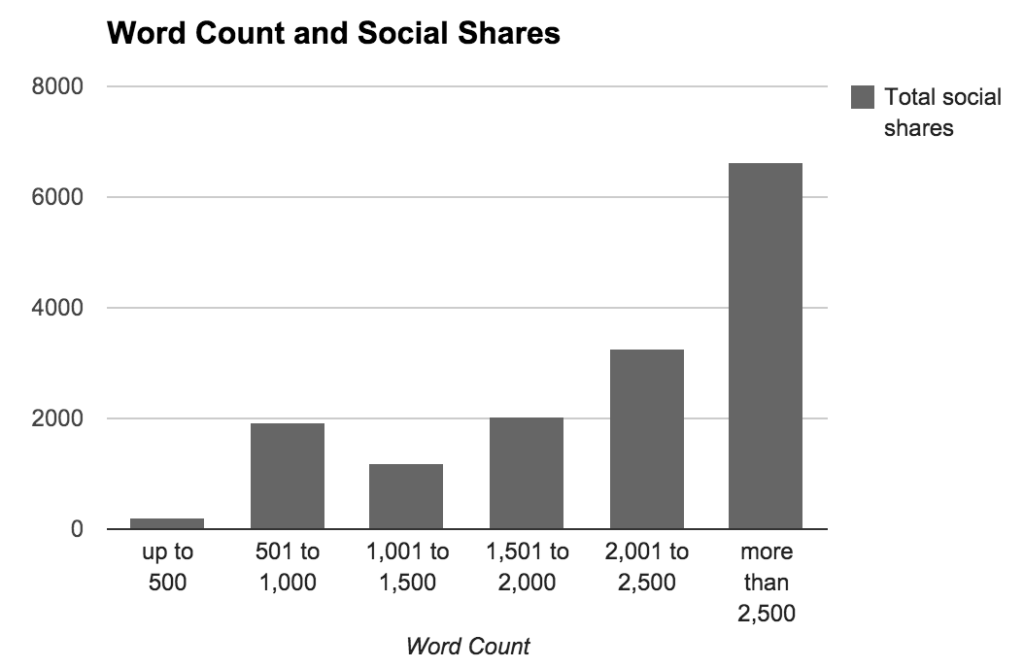
This reinforces the need to check these lengths against your own data. And if you’re just starting out, it might be smart to start off with 1,600 words per post and adjust from there.
What makes this length optimal? At this length, you can expect readers to spend the maximum amount of time reading your content. Total time on page is highest at the 1,600-word length than any other length.
From the Medium study:
7-minute posts capture the most total reading time on average.
Where’d this data come from? In December 2013, Medium published the results of its time on page analysis for blogposts on its network.
The optimal length of a YouTube video – 3 minutes
How much time do you get to tell your story in a video? How long until someone loses interest and clicks over to the next link? These are big questions for video marketers who compile their content with timestamps in mind the same way bloggers compose with word count.
What makes this length optimal? This is the average video length of the top videos on YouTube.
Where’d this data come from? In 2012, ReelSEO counted the length of the top 50 YouTube videos and found the average duration to be 2 minutes, 54 seconds. Google researchers from the YouTube team confirmed the ideal length to be three minutes as well, according to an interview with Clinton Stark.
The optimal length of a podcast – 22 minutes
Podcasting has become more and more a part of content marketing strategies for brands big and small. There are sure to be additional studies that come out on best practices for publication and promotion. In the meantime, optimal length is a good place to start. Keep things 22 minutes or shorter.
What makes this length optimal? The 22-minute mark is when an average user disconnects from a podcast.
Where’d this data come from? The data is reported from Stitcher, an online podcast streaming service.
The optimal length of a presentation – 18 minutes
Famously, the 18-minute mark is where TED Talks max out their presenters. Anyone who shares must stay under 18 minutes. Here’s why.
What makes this length optimal? This seems to be the upper limit for how long a person can pay attention before losing focus.
Where’d this data come from? Author Carmine Gallo, who has written on the history of TED Talks, cites scientific research from Dr. Paul King of Texas Christian University as well as insight into how the brain processes new information (and expends energy while doing so).
The optimal length of a SlideShare – 61 slides
You’d think that SlideShare best practices would be cut-and-dry. My research wasn’t quite so clear.
The 61-slide recommendation comes from HubSpot’s Dan Zarella who is well-known for his in-depth and accurate research on social media. From a data-backed perspective, 61 slides seems like a safe way to go.
We can only speculate about why this is true, but it may be owed to the fact that SlideShare is a site mostly used by professionals who are likely seeking data-focused, meaty presentations with a lot of depth. Don’t be afraid to get detailed in your SlideShare content, and load your presentations with lots of data. Unlike YouTube, where shorter content tends to be more successful, SlideShare users welcome comprehensive content.
Here’s the breakdown of number of slides per presentation and SlideShare views, courtesy of Dan.
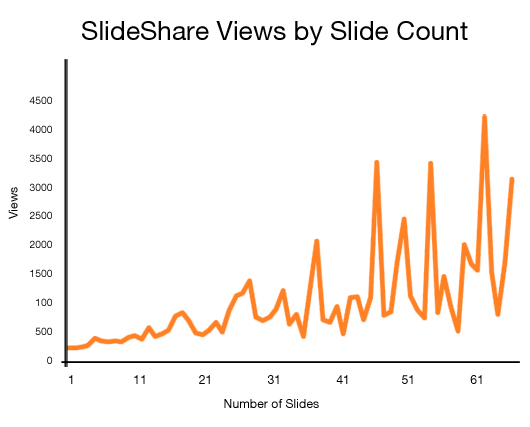
Beyond the data, there is a bit of opposite advice that many hold as a best practice: Guy Kawasaki’s 10/20/30 rule.
- 10 Slides
- 20 Minutes
- 30 Point Font
It’s a system that a lot of people swear by. Is it right for you? There’s only one way to find out, and that’s by testing.
What makes this length optimal? Slide decks of this length get more views on average.
Where’d this data come from? In 2010, HubSpot’s Dan Zarella shared results from his social media research, pointing to this optimal length.
The optimal size of a Pinterest image – 735px by 1102px
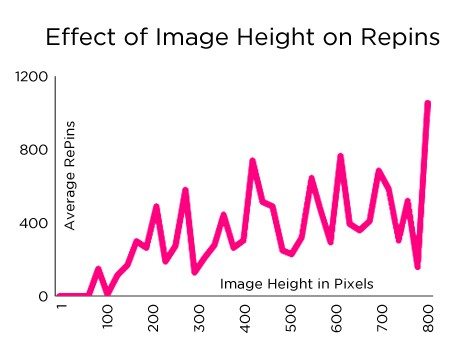
Curalate found that vertical images, featuring an aspect ratio between 2:3 and 4:5, receive 60 percent more repins than images with a more vertically-skewed aspect ratio.
Combine this with the best practices from the folks at Canva who recommend a starting point for Pinterest image templates at 735 pixels wide by 1102 pixels tall and—bang!—you’ve got your ideal size, backed by data.
What makes this size optimal? At this size, you can expect more likes, repins, and comments.
Where’d this data come from? In June, Curalate analyzed over 500,000 Pinterest images posted by brands. Their findings also included recommendations for faces, hue, texture, brightness, color, and more.
Bonus Pinterest tips:
As for the optimal length of a Pinterest description (maximum is 500 characters), Dan Zarrella found that 200-character descriptions are the most repinnable.
A great use for the description is a call-to-action. Brandon Gaille found that pins with CTAs receive an 80 percent increase in engagement over those without.
Conclusion
Hopefully you’ve found some good insights from this experiment. Definitely use data like this as a starting point for your own testing and iterating. What’s right for many others in terms of best practices might not be exactly what your specific audience needs.
It sure is nice to know where to start, though.
How do these optimal lengths feel to you? How long are the social media updates that you send?
It’d be awesome to hear from you in the comments!
Image sources: Track Social, Compendium, PlaceIt, Hubspot, Dan Zarrella
Try Buffer for free
190,000+ creators, small businesses, and marketers use Buffer to grow their audiences every month.




